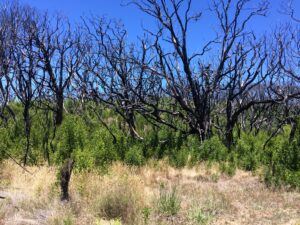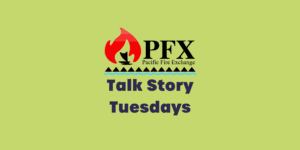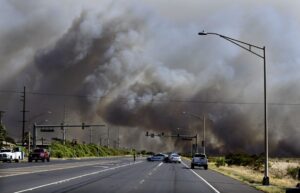The Republic of Palau comprises 250 islands at the western end of the Caroline Islands, approximately 500 miles due east of the Philippines.
Human habitation and Biodiversity
The island group was settled approximately 3,000 years ago and the current population is over 20,000 centered mostly in the city of Koror. Largely renowned for its marine ecosystems, Palau's terrestrial ecosystems are also biologically diverse with high rates of species endemism and relatively large tracts of intact tropical rain forest.

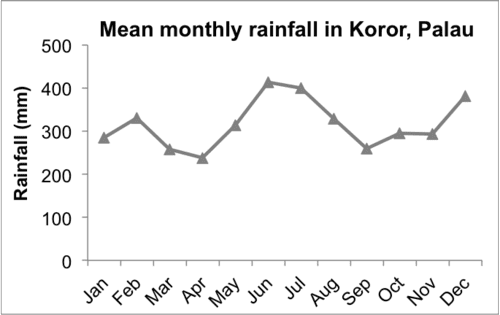
Human-caused Fire, Ecological Effects and Seasonal Influences
Fire-prone savannas, dominated by native ferns, grasses and shrubs, occupy nearly 15% of Babeldaob, the largest island of Palau. As elsewhere in Micronesia, these savannas were created and are maintained by intentional burning and create a complex forest-savanna mosaic landscape. Palau experiences drier conditions annually during March and April, during which fires are most common. Fire frequency and area burned increased dramatically during the severe drought associated with the 1998 El Niño event (2010 SWARS).
Palau Wildfires
The US Forest Service’s Pacific Island Research center’s Julian Dendy has mapped the extent of wildfires from 2012 – 2022.
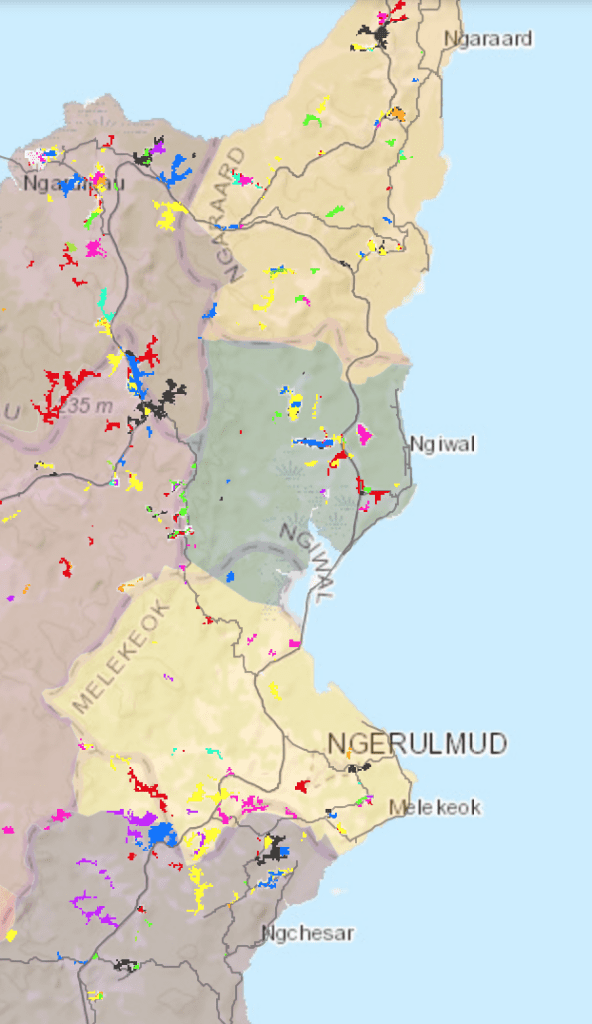

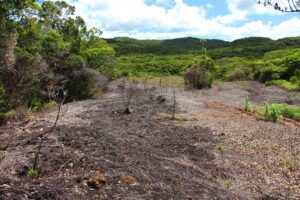
Recent Resources for the Western Pacific
Re-planting is an important, long-term strategy for soil stabilization. While native Hawaiian plants are always desirable, they require a great deal of care, such as water, fencing and weeding.
Members of our community from three islands will talk about their efforts in reducing the threat of wildfire across boundaries. Robbie Justice of Forest Solutions, Inc. on Hawai‘i Island, Jeremie Makepa of ‘Āina Alliance on Kaua‘i, and Erin Peyton of Paniolo Hale Firewise Committee on Moloka‘i share their lessons learned in reducing hazardous fuels and how agencies, landowners and residents can work together collectively.
In this joint webinar hosted by the Pacific Fire Exchange and the Pacific Regional Invasive Species Climate Change, we tackle the climate crisis in Hawai`i and how this affects the risk of wildfire as well as the impacts to people and the archipelago’s unique resources.

